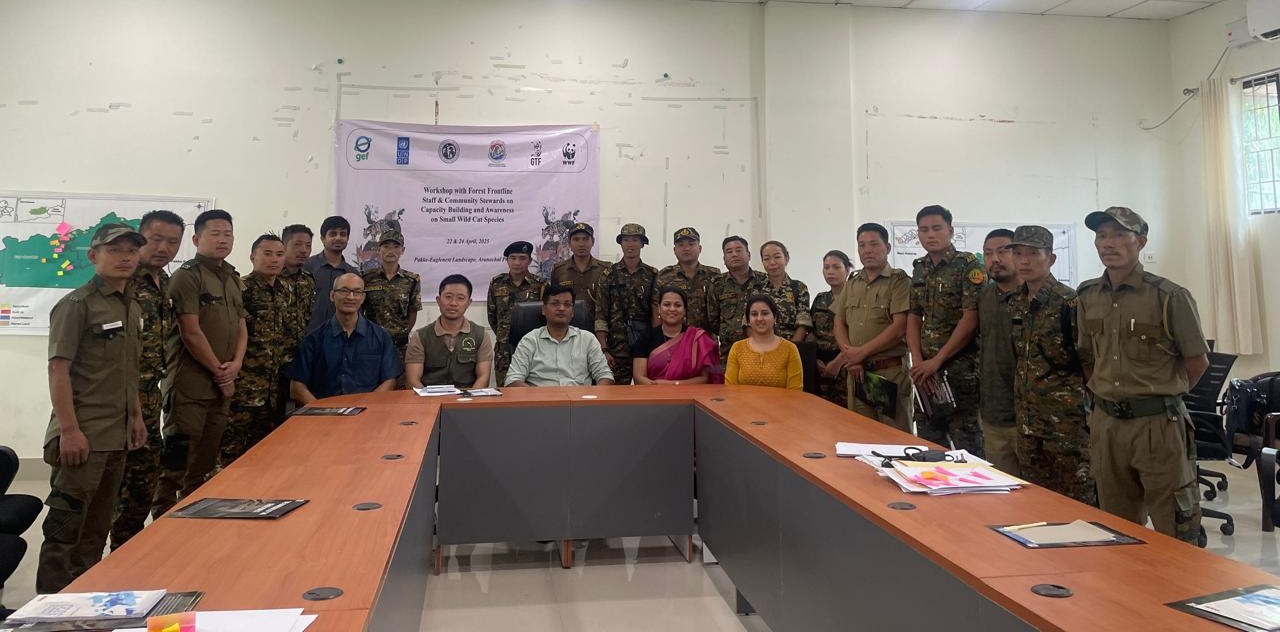
Capacity building workshop on small wild cats
Under the ongoing Small Wild Cats initiative, the second session of the capacity-building workshop was organized by the Global Tiger

Under the ongoing Small Wild Cats initiative, the second session of the capacity-building workshop was organized by the Global Tiger
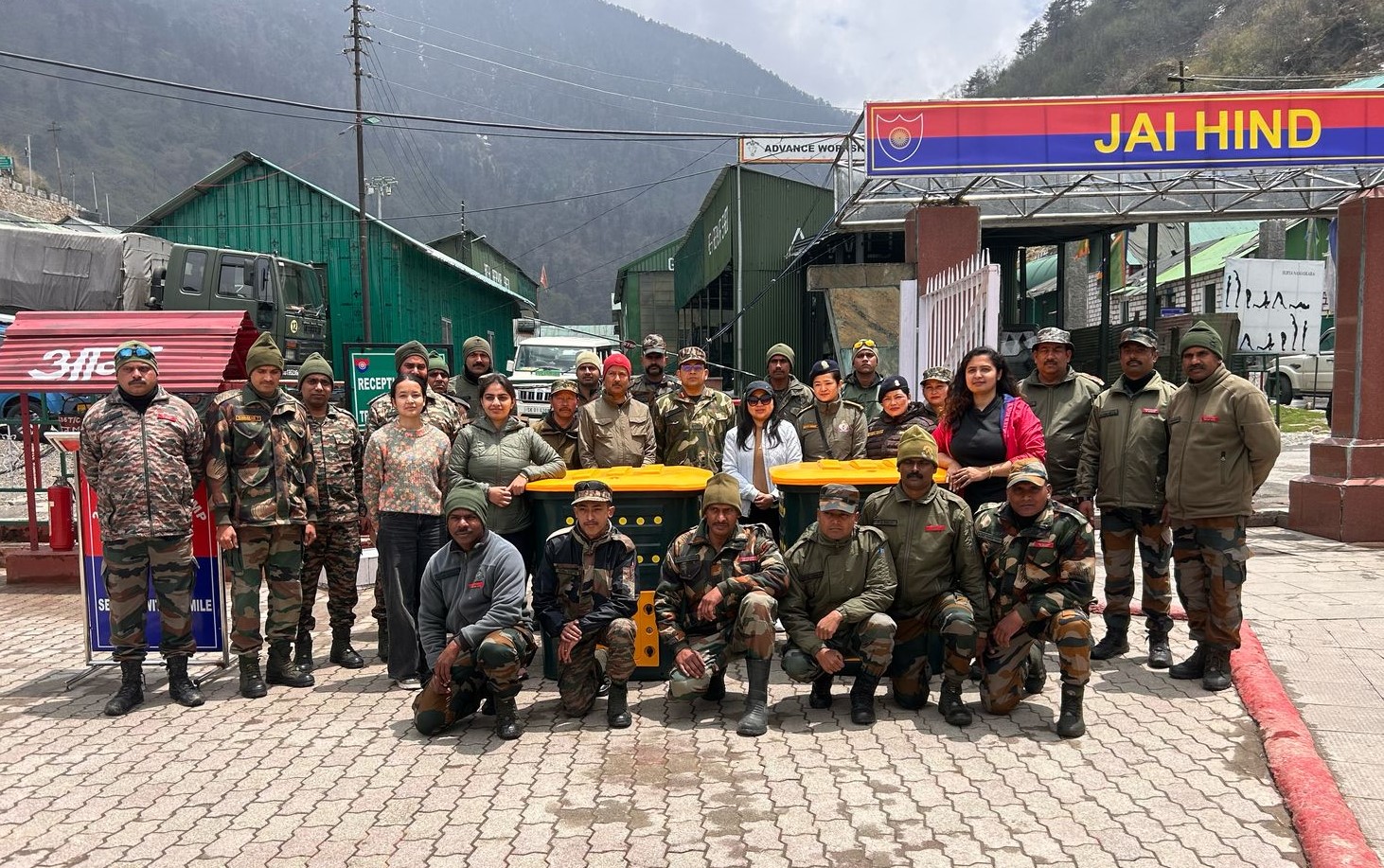
As part of the ongoing High Altitude Tiger (HAT) Conservation Project in Sikkim in collaboration with, a waste management interventions

In a landmark achievement for wildlife conservation, Nepal has officially released its first consolidated national estimate of the elusive snow
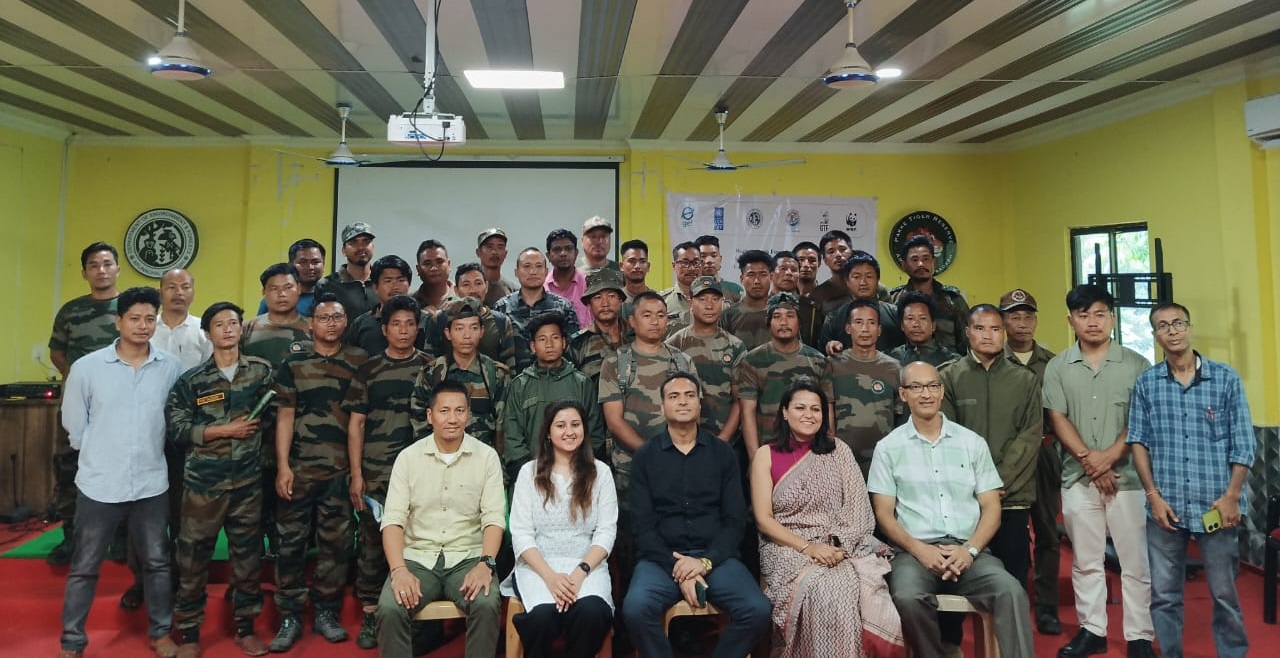
Under the ongoing GOI-GEF project titled “Strengthening Conservation and Resilience of Globally Significant Wild Cat Landscapes through a Focus on
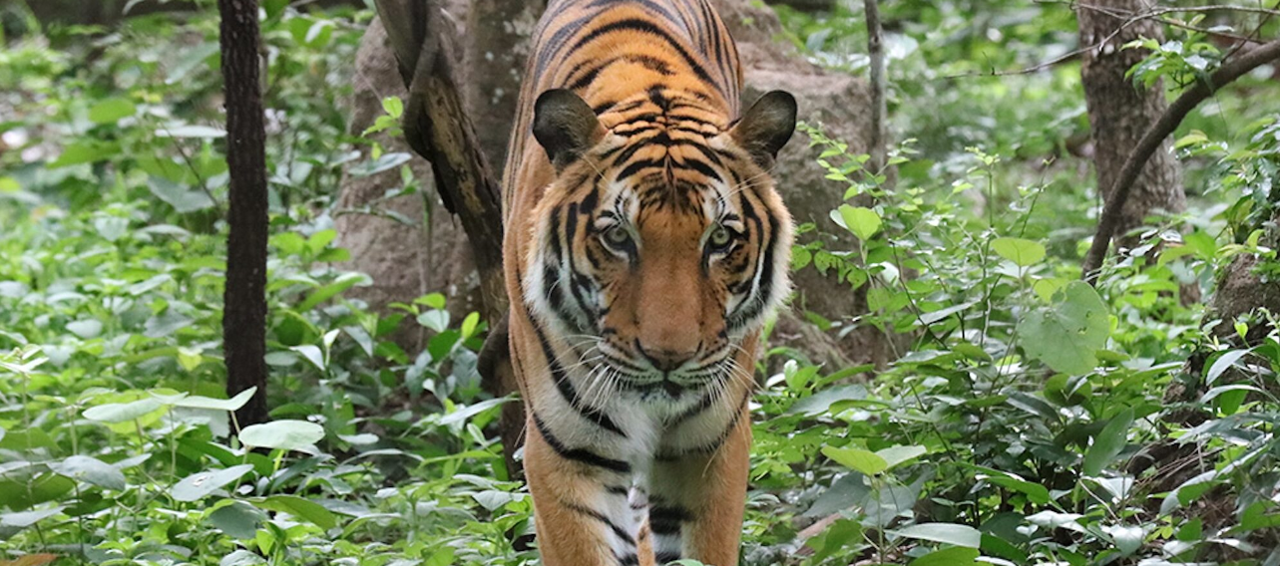
Thailand’s Dong Phayayen-Khao Yai Forest Complex (DPKY-FC) has been recognized as the country’s second breeding population of Indochinese tigers (Panthera
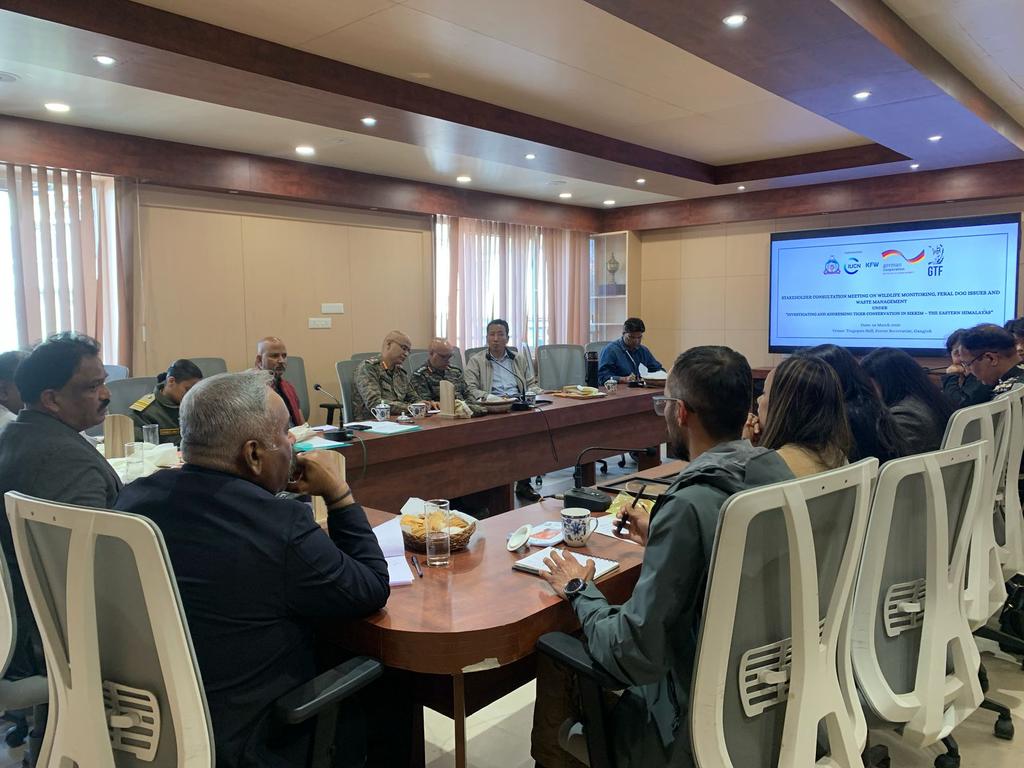
Global Tiger Forum (GTF), in collaboration with the Forest and Environment Department, Sikkim, held a Stakeholder Consultation Meeting on Wildlife
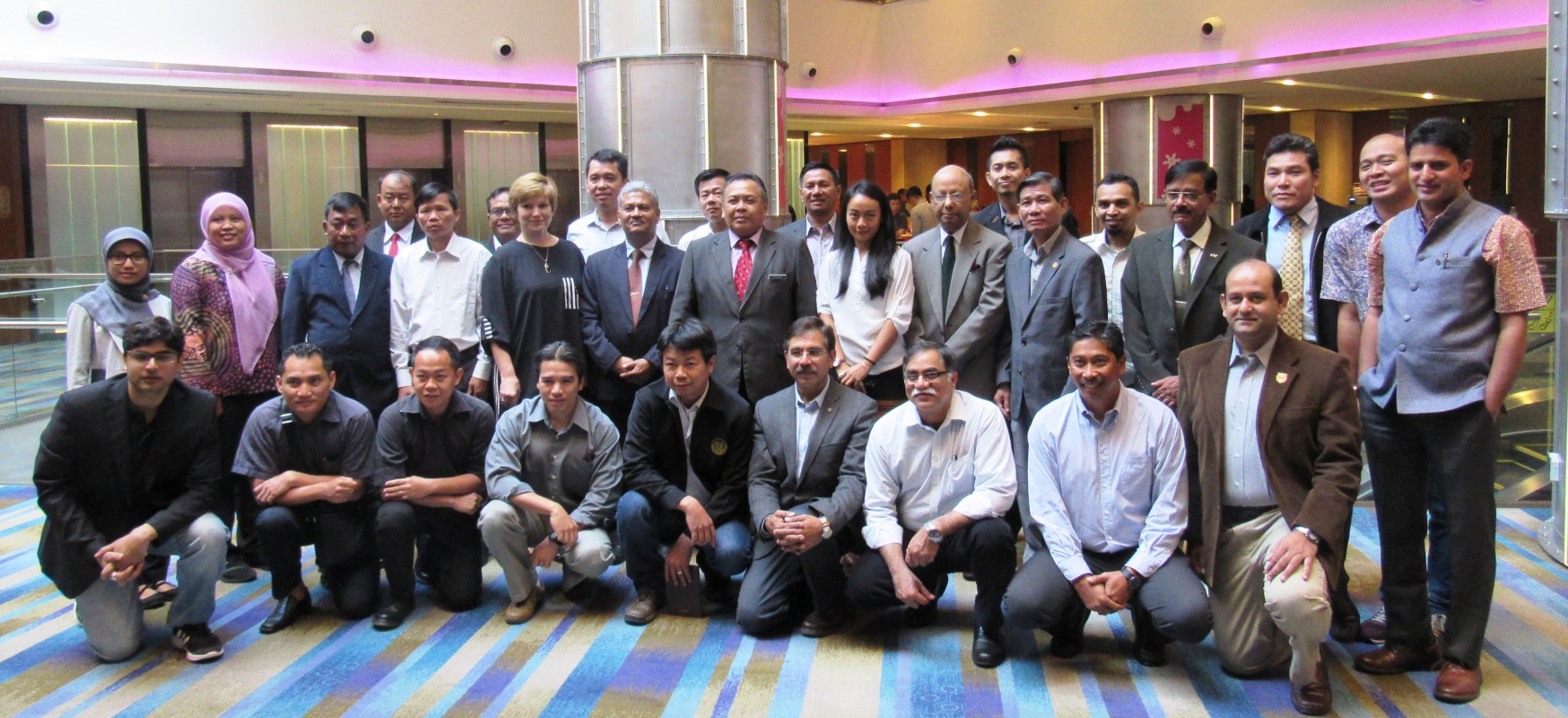
A capacity building workshop for tiger range countries was organized (from 13- 15 December 2016) by the Global Tiger Forum
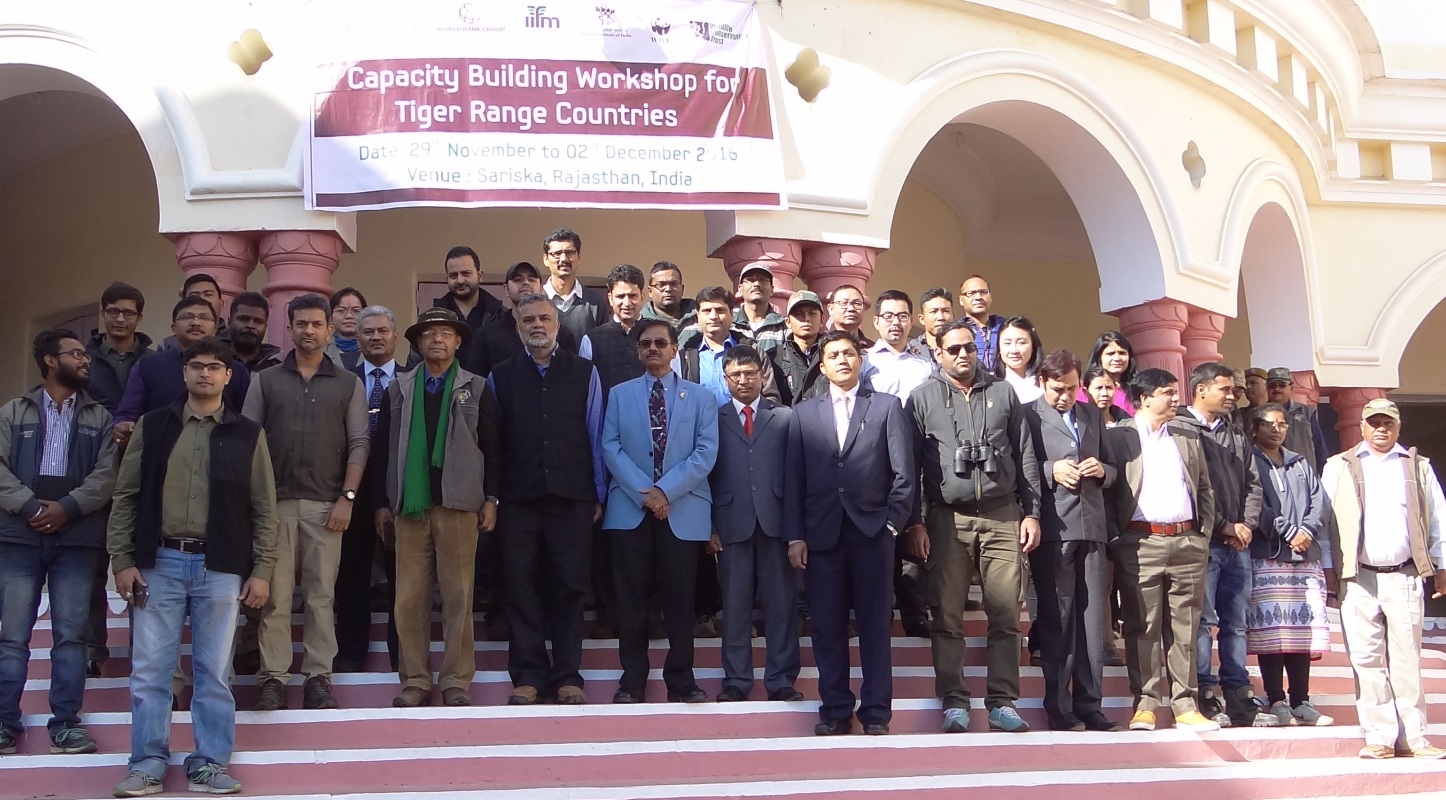
A capacity building workshop for tiger range countries was organized by the Global Tiger Forum (GTF), in association with the
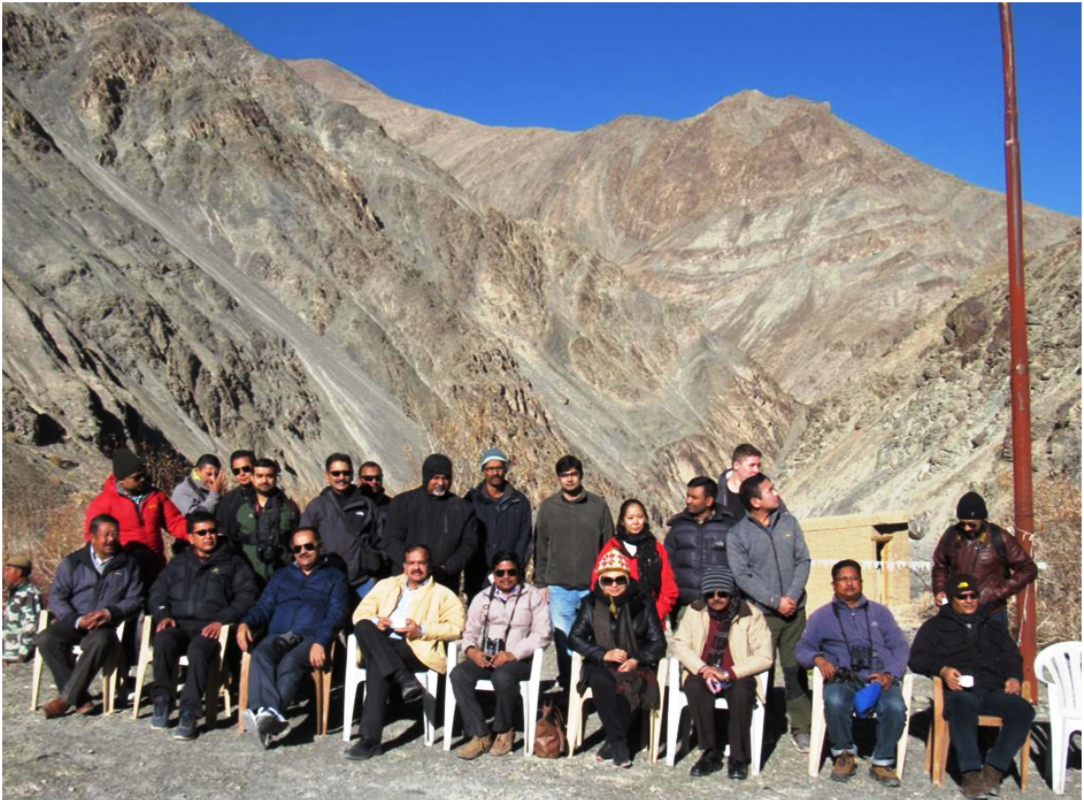
The Global Tiger Forum, in collaboration with the World Bank and the Wildlife Conservation Trust (WCT), and with technical support
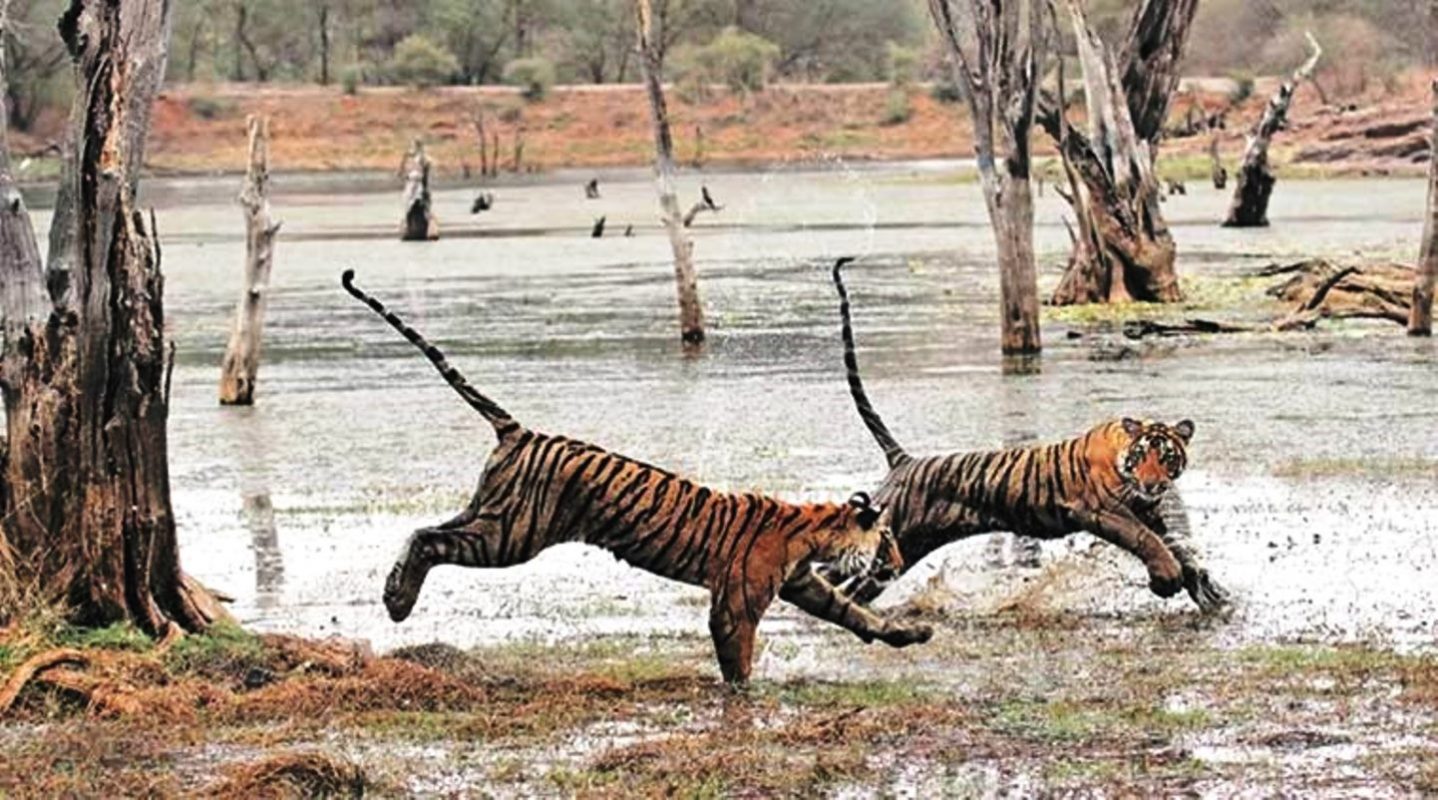
Written by Samudra Gupta Kashyap, Guwahati Amid reports of increase in the tiger population in the country, there is more

Courtesy: IANS, New Delhi IRCTC’s new semi-luxury train Tiger Express embarked on a “Roaring Journey” on World Environment Day, June 5